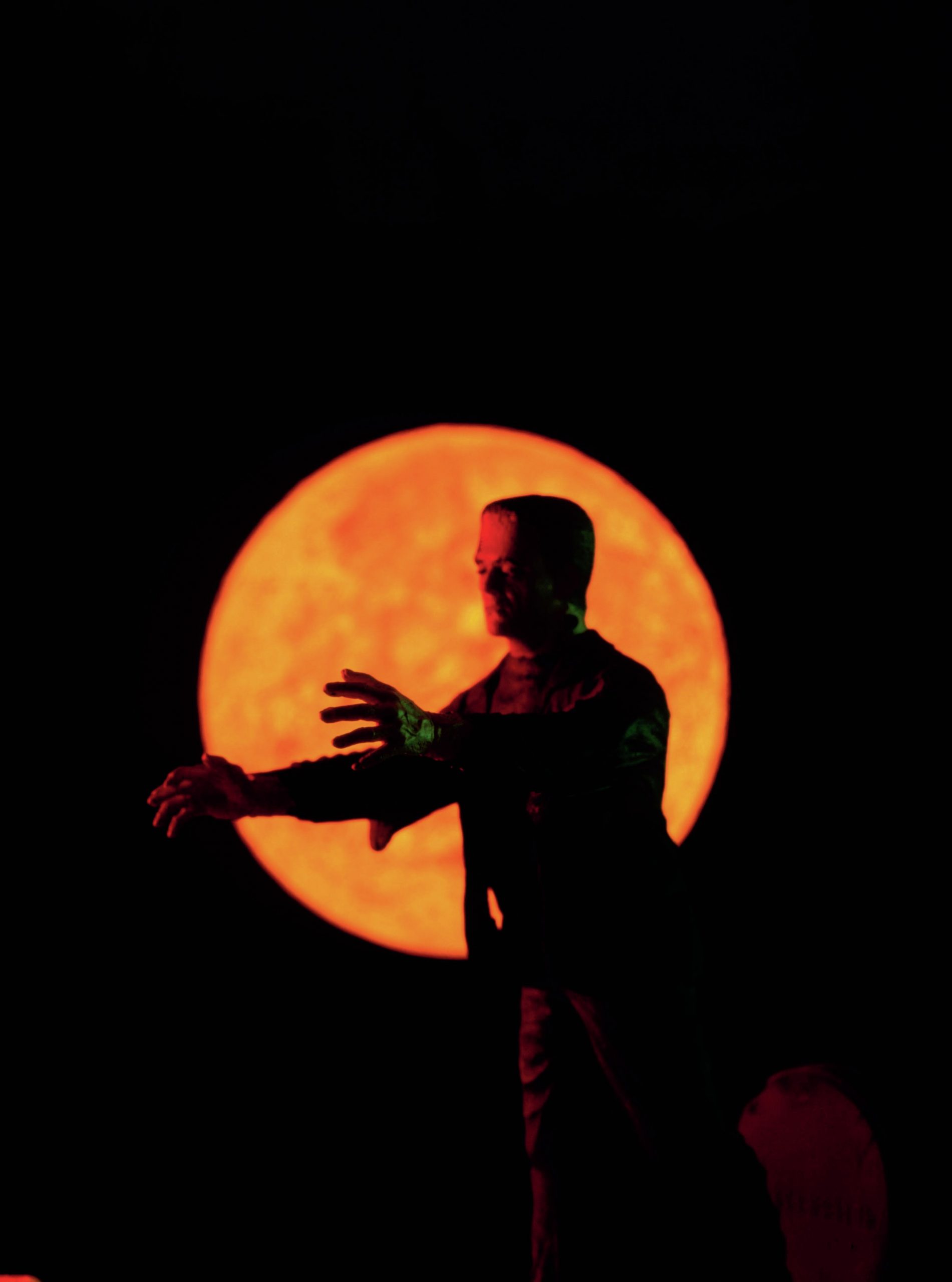
Edexcel: Paper 2 Science and society
Mary Shelley’s Frankenstein (1818) and Charles Dickens’s A Christmas Carol (1843) are generically very different: one a spine-chilling tale of murder and obsession, the other a tear-jerking story of repentance and redemption. What they have in common, however, are disabled characters so famous that they have taken on lives outside the texts in which they appear. People who have never read Dickens are likely to have heard of Tiny Tim, the appealing disabled child whose refrain ‘God bless us, every one!’ melts the icy heart of Ebeneezer Scrooge, while those who have never read Shelley will still pick up a reference to ‘Frankenstein’ as denoting an alienated outcast seeking revenge on those who have rejected him.
Your organisation does not have access to this article.
Sign up today to give your students the edge they need to achieve their best grades with subject expertise
Subscribe




